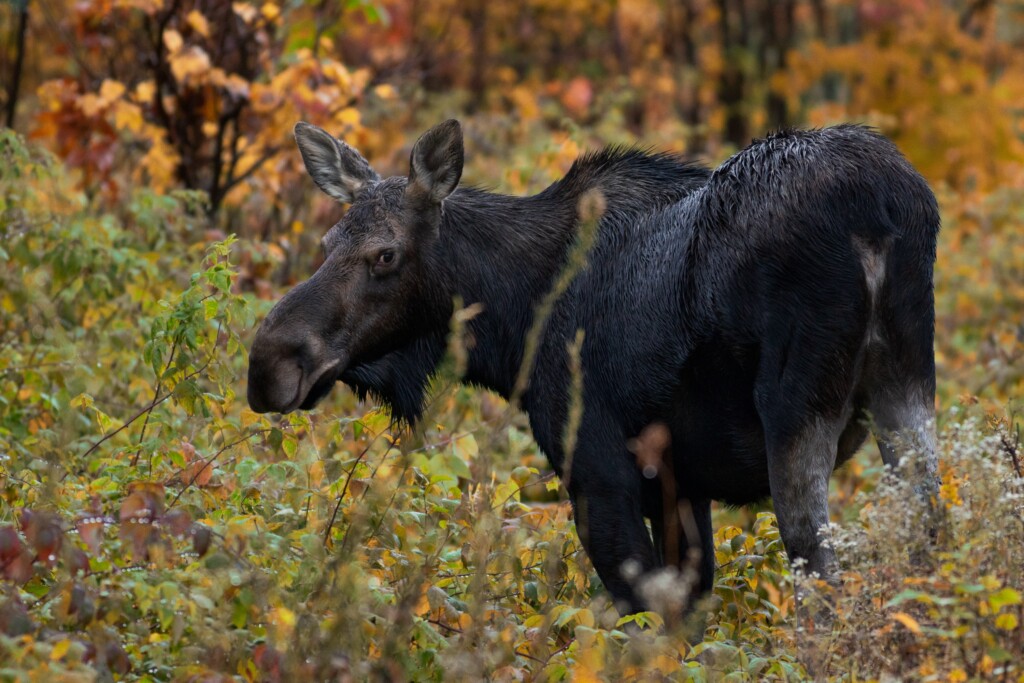
What is Conservation Financing?
As WRA works to protect at least 50% of Western lands for wildlife, outdoor recreation, and local economic health, one of the most important tools we leverage to reach that goal are state-level conservation finance mechanisms.
Conservation finance is an innovative practice of managing and securing funds to support the protection and restoration of land, water, and natural resources. Conservation financing is also critical to ensuring Western states can leverage matching federal dollars to protect our lands and outdoor way of life. Without state-based conservation financing, local and regional governments are leaving federal dollars on the table that could be used to reach our 50×50 goals.
By using legislation and ballot measures to generate public funds for conservation priorities, states can accelerate the protection of vital habitat and safeguard biodiversity in a warming climate. Conservation financing can fund important efforts such as:
- Purchasing land to create protected areas;
- Funding restoration of degraded habitats;
- Creating matching funds to secure additional federal resources;
- Establishing ecological and economic benchmarks that drive sustainable land use.
Why is conservation funding important?
Conservation financing is an important lever that states can and should use to accelerate habitat protection. WRA will work regionally and on the ground in seven Western states to develop and integrate conservation financing into state policies, strategies, decisions, and plans — ensuring it is successfully used to protect the lands we love, increase climate resilience, improve equitable recreational access, protect cultural sites, and preserve biodiversity.
How are conservation funds established and sustained?
When a conservation fund is first established, it can be set up as a permanent trust or an expendable trust, or in some cases, a combination of the two. A permanent trust and an expendable trust differ in terms of how the funds they hold can be used. Both require an initial seed investment or a general fund appropriation from the state budget to be established, which is typically done through legislation. In many cases, WRA and advocates will pursue funding for a specific program that has already been established.
A permanent trust, also known as an endowment, is a long-term investment vehicle designed to generate income to support conservation. The principal amount of a permanent trust is typically kept intact and only the investment earnings from interest are used. This ensures that the funds will continue to generate income indefinitely, making it a sustainable source of funding for conservation efforts. Not only is this approach truly self-sustaining, but it can also be added to over time. Recurring sources of revenue are often identified to help grow the principal of the fund. In many states, this is done through mechanisms like sporting goods or cannabis taxes, lottery allocations, or real estate fees for urban encroachment on wild places. Conservation Financing can also be created through ballot measures and state and local-level bonds.
On the other hand, an expendable trust, also known as a spend-down trust, allows the principal amount to be spent in support of the conservation program. This type of trust is often used when the conservation project has a specific goal that can be achieved within a relatively short period of time, and there is no need to sustain funding beyond that goal. Expendable trusts can be a flexible option for conservation financing, as they allow for the use of the full amount of funds to immediately provide for the project’s needs. But while the immediate access to funds can provide benefits to our lands, water, and wildlife right now, it does not take into consideration future needs as our communities face the continued realities of climate change.

Conservation Funding in WRA States
Over the past two years, WRA developed policy opportunities and collaborated with critical partners in coalitions that resulted in $110 million in appropriations to conservation in Colorado and $95 million in New Mexico following on the heels of federal aid to states. Through the designation of watersheds as Outstanding National Resource Waters and protections to streams added by the reformed Colorado Oil and Gas Conservation Commission, WRA secured new or added protections for approximately 6.75 million acres in Colorado and over 1 million acres in New Mexico.
WRA also helped create new state funding for land conservation in Montana through the investment of a portion of revenue from marijuana sales to boost the Habitat Montana program. In Arizona, we are helping a coalition that is working to restore funding from the lottery that voters dedicated to state parks but the legislature took away. We still have a long way to go — nearly 2 million acres of state trust lands in Colorado have no protection from oil and gas and other mineral development. Colorado has the most robust conservation funding in the Interior West, with the Great Outdoors Colorado program investing over $60 million per year in conservation programs through lottery revenues, and the new Colorado Wild Pass hoping to generate another $30 million. However, we need to increase the state’s investments in land conservation by at least an additional 50% to adequately protect land at a scale that will support resilient biodiversity.
Land of Enchantment Legacy Fund
In New Mexico, WRA is working on the passage of the Land of Enchantment Legacy Fund, a funding initiative which would provide recurring funding for land conservation for the first time in state history. If passed at the proposed investment of $350 million, to be reached over the course of several years, it would provide more than $20 million annually to support 10 conservation programs across six state agencies – and would be the largest investment in climate resiliency in state history. The fund is a once-in-a-generation opportunity to protect New Mexico’s land, water, and communities by creating a permanent conservation trust to leverage federal money – in some cases providing $3 for every $1 invested by the state – and deliver desperately needed resources to New Mexico communities. This fund would:
- Create jobs in the state’s growing outdoor industry;
- Make outdoor recreation more accessible for all New Mexicans;
- Safeguard our communities from climate threats like wildfire and floods;
- Protect our land, watersheds, and wildlife;
- Preserve our cultural heritage and outdoor traditions;
- Support rural and agricultural communities.
The Land of Enchantment Legacy Fund will be a critical tool for New Mexico to achieve the state’s conservation, preservation, restoration, and climate resilience goals. New Mexico is home to one of the most diverse landscapes in the U.S., yet the state has no permanent source of conservation funding. This leaves millions of available federal funds on the table each year instead of being put to use in our communities.

Challenges and Opportunities of Conservation Funding
Conservation finance can bolster our community resilience to climate change impacts. This funding can protect communities from wildfire, flood and drought, safeguard water supplies for urban and rural areas, support our agricultural communities, and grow our outdoor recreation economy. And by having a reliable fund in place, our communities can leverage significant federal dollars to ensure future generations can experience the wonders of the West.
But even with such great opportunity, conservation funding can be challenging. There are many pressing issues facing our communities and these priorities compete for funding. It can also be difficult to balance short-term needs with long-term goals. Conservation funding needs to balance immediate needs, such as emergency response to catastrophic wildfires, with long-term goals, like habitat restoration or species conservation.
Conservation funding efforts need to be strategic, data-driven, and collaborative. We must work together to set clear goals and priorities, measure and report on outcomes, and engage a wide range of stakeholders in our efforts. With adequate resources, every challenge we face can be solved.


